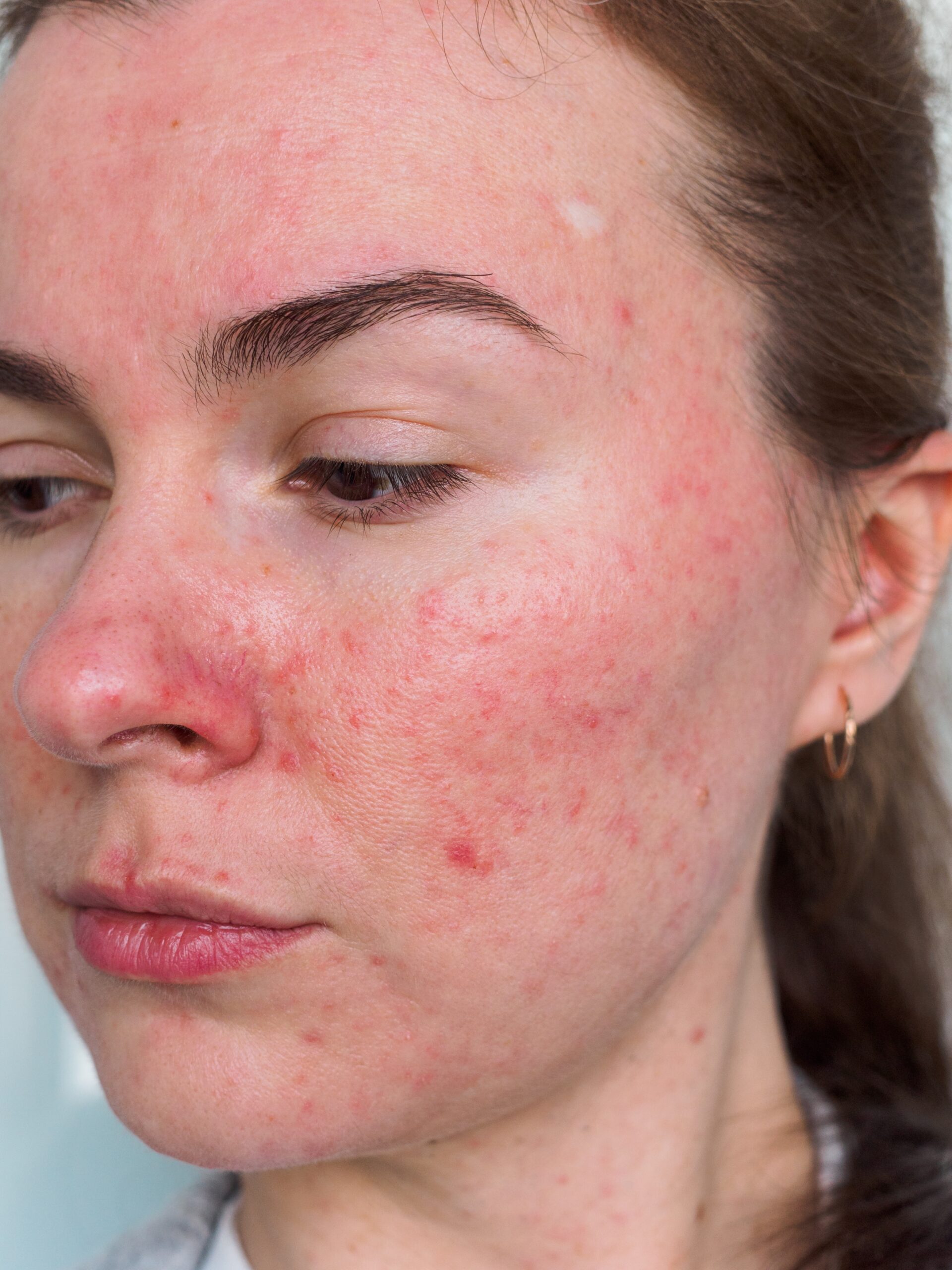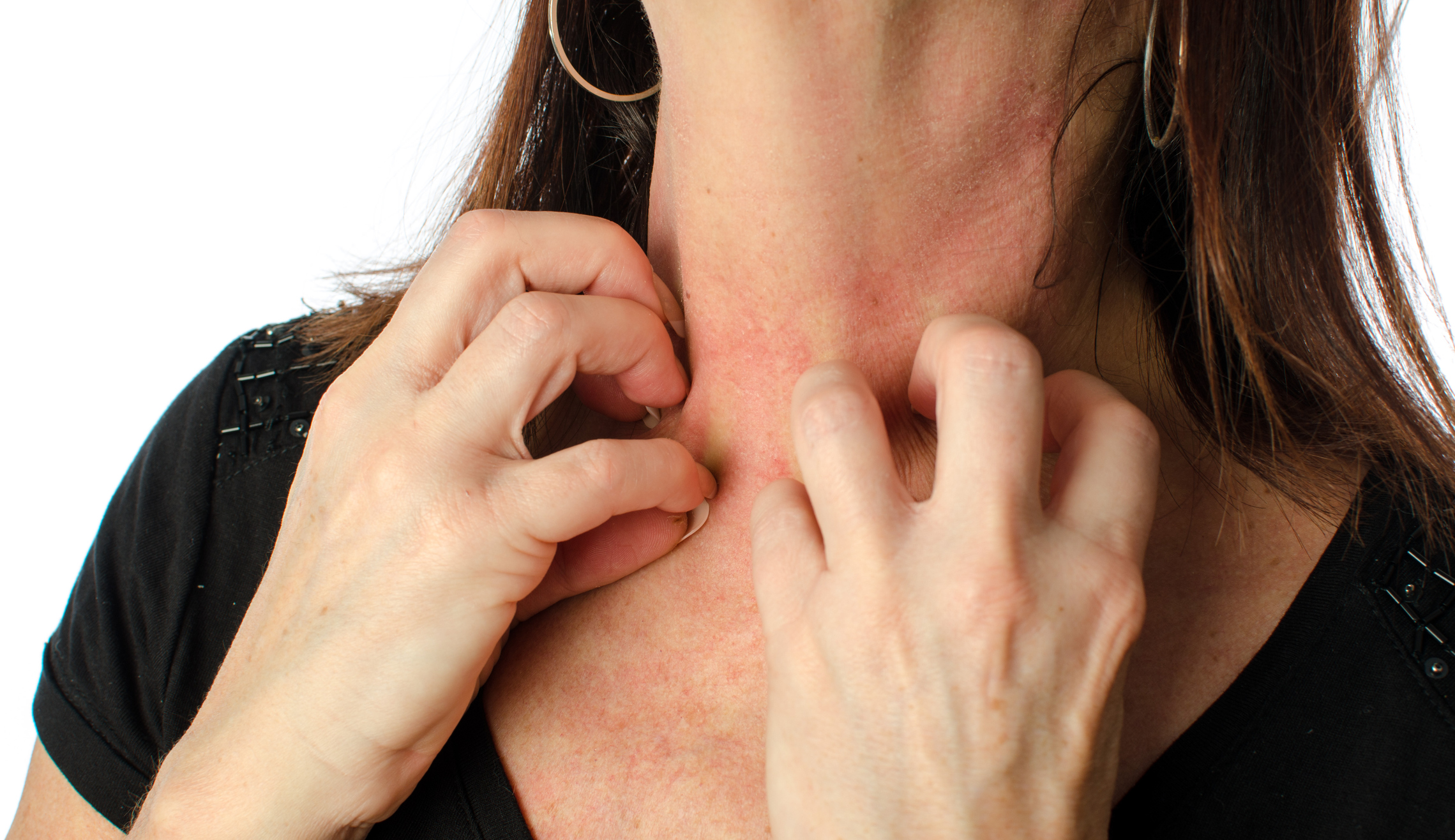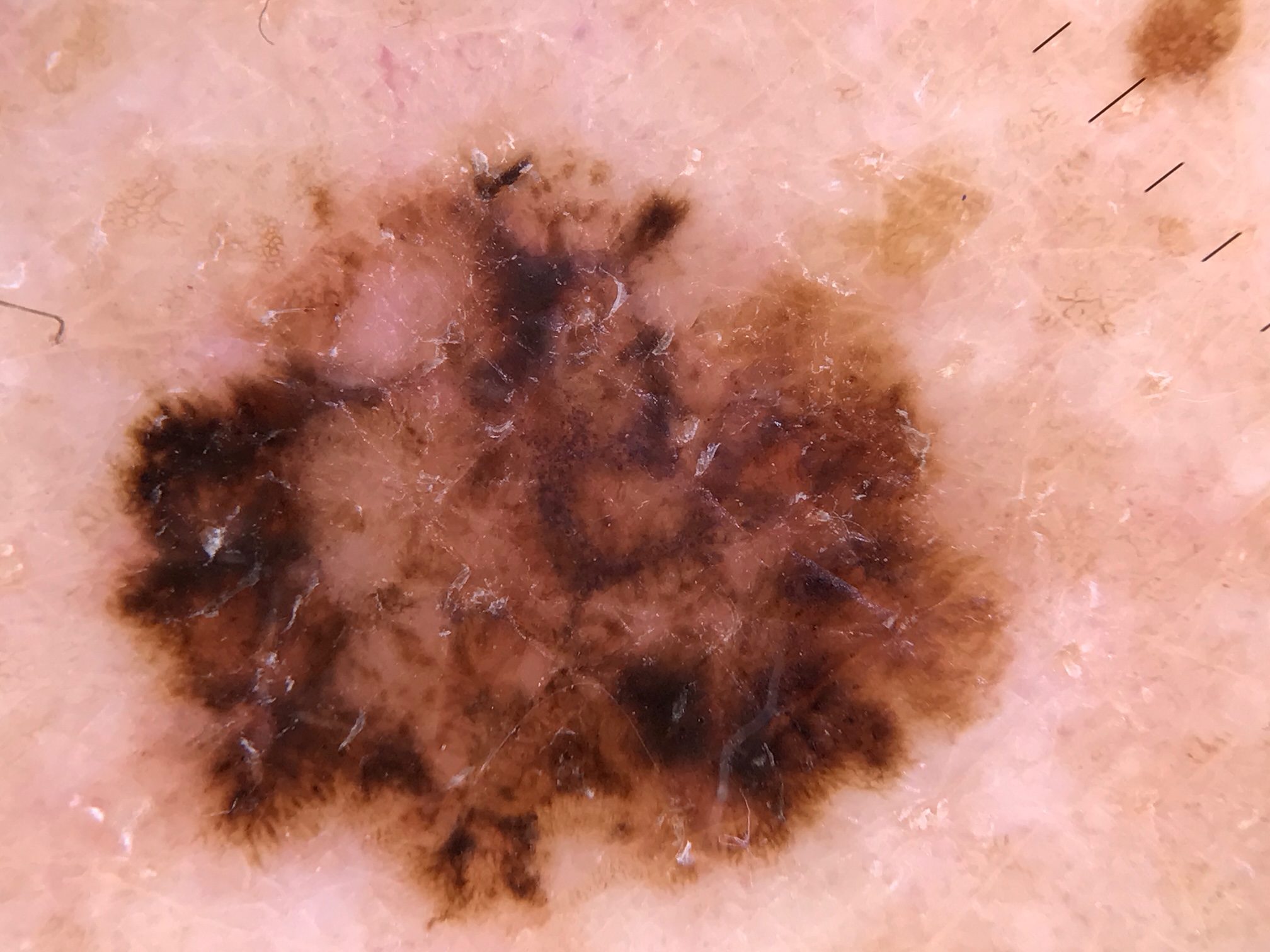Xanthoma (Xanthelasma).
Xanthoma is a type of skin lesion which is caused by excessive presence of fat in the macrophage immune cells. Some types of xanthoma are direct indicators of disorders associated with lipid metabolism, such as high blood fats and hyperlipidemia.
Types of xanthomas are classified according to their location on bodies and how they develop.
Xanthelasma palpebrum is the most common type of xanthoma. The lesions form symmetrically on upper and lower eyelids. They are described as soft, yellow, and flat papules/plaques in appearance. Lesions initially appear as small bumps but eventually increase in size after a few months.
Xanthoma is caused predominately by the disturbance in lipids (fat) metabolism. Moreover, any alterations in the levels of certain lipids and lipoproteins may cause genetic defects (hyperlipoprotenaemia) or systemic disorders (i.e. diabetes mellitus, nephrotic syndrome).
Skin biopsy is sometimes done in order to confirm the diagnosis of xanthoma. Treatment of xanthoma is closely linked with identifying and treating lipid disorder. This method helps to reduce or clear the xanthoma. The combination of dietary and lifestyle modifications with or without medication(s) involvement are used for the treatment of lipid disorders. For instance, dietary modifications include the decrease of saturated fats (coconut oil, palm oil, butter, some meats) and simple, refined sugar (cakes, candies, soda drinks) intakes. It is suggested to have a diet rich in vegetables, cereals, and fish.
Xanthoma is also often treated with prescribed medications that would reduce levels of lower LDL cholesterol and triglycerides as well as decrease production of cholesterol by liver. The treatment is carefully controlled by frequent blood tests in order to check the lipid composition in the body as well as ensure that enzymes of liver and muscles function normally and do not exhibit any abnormalities. The common medications are statins (simvastatin and atorvastatin) which belong to the class of HMG CoA reductase inhibitors, fibrates (bezafibrate), nicotinic acid, and Ezetimibe.
The locally destructive modalities and surgical procedures can also be used to treat xanthoma if the condition is unable to be resolved and/if already assigned treatment does not show any improvements.
In terms of xanthelasma, it can be treated by excision, laser treatment, electrodessication, and topical trichloroacetic acid therapy.
Centre for Medical and Surgical Dermatology offers various treatment options for xanthelasma which are unique for every patient. For more information on xanthelasma condition, visit the following link:
Centre for Medical and Surgical Dermatology offers laser treatment options for treating xanthelasma. For more information on these procedures, visit the following link:
One Comment
Comments are closed.
Related Posts




Learned a lot of new information! Very well-written and explained post!